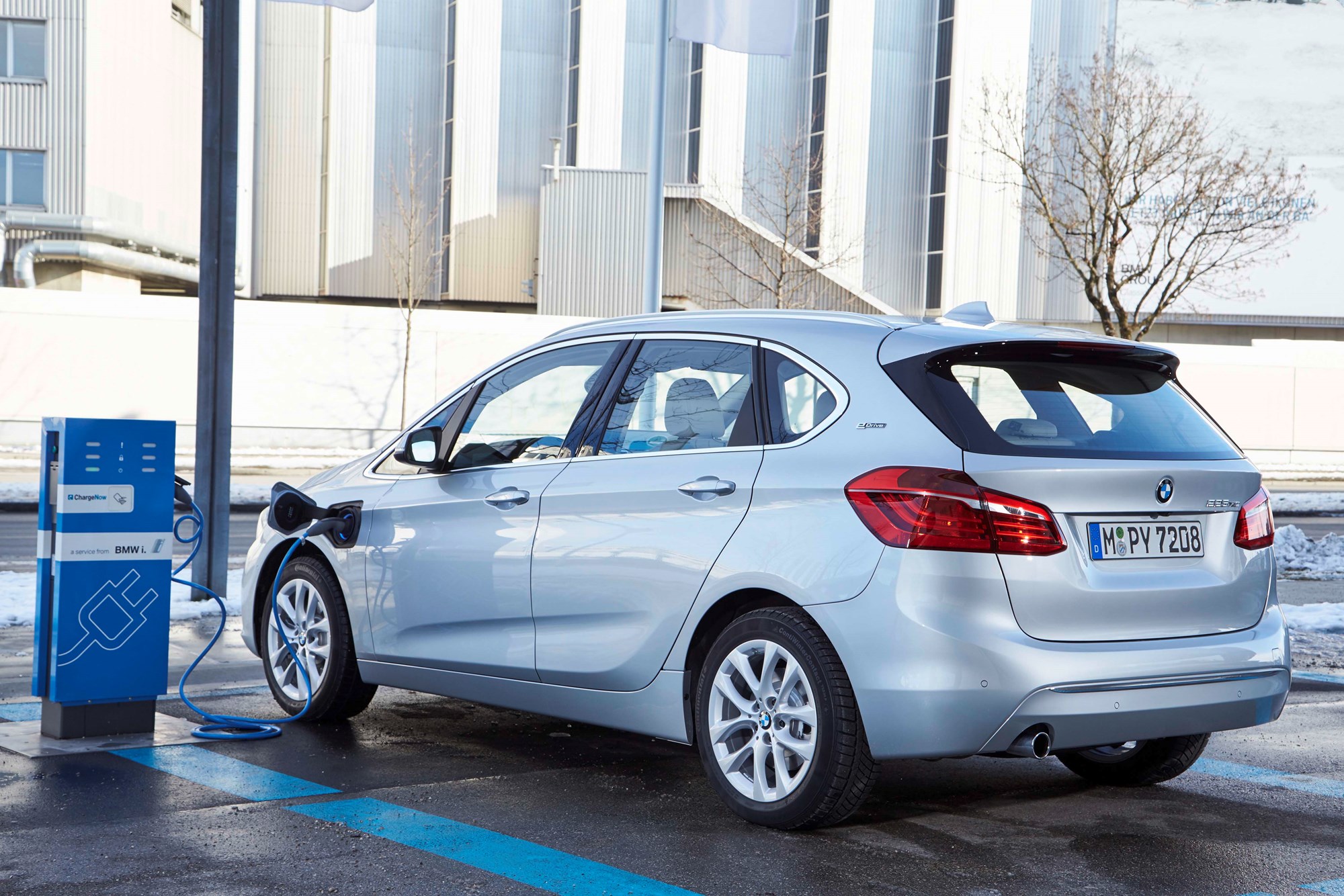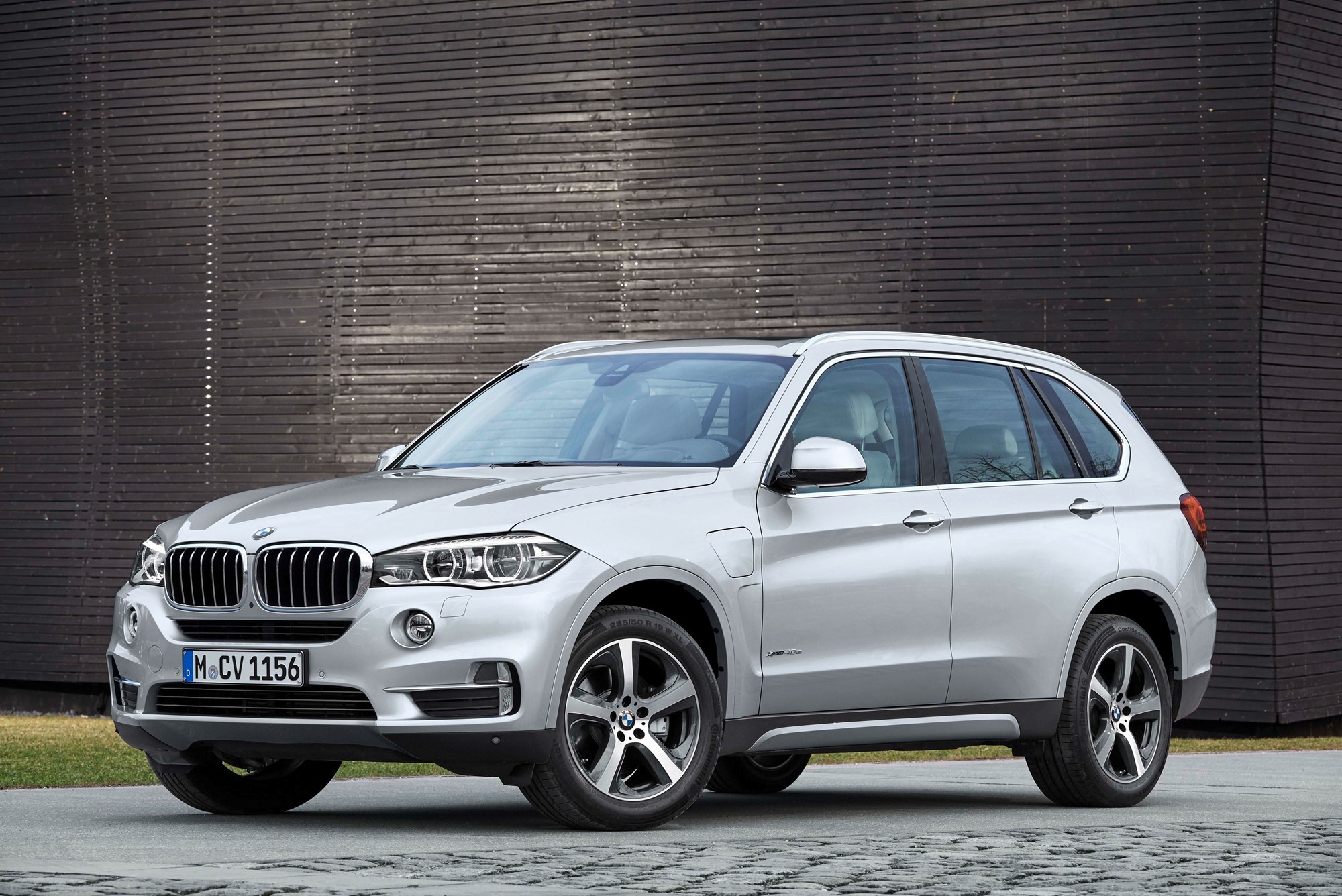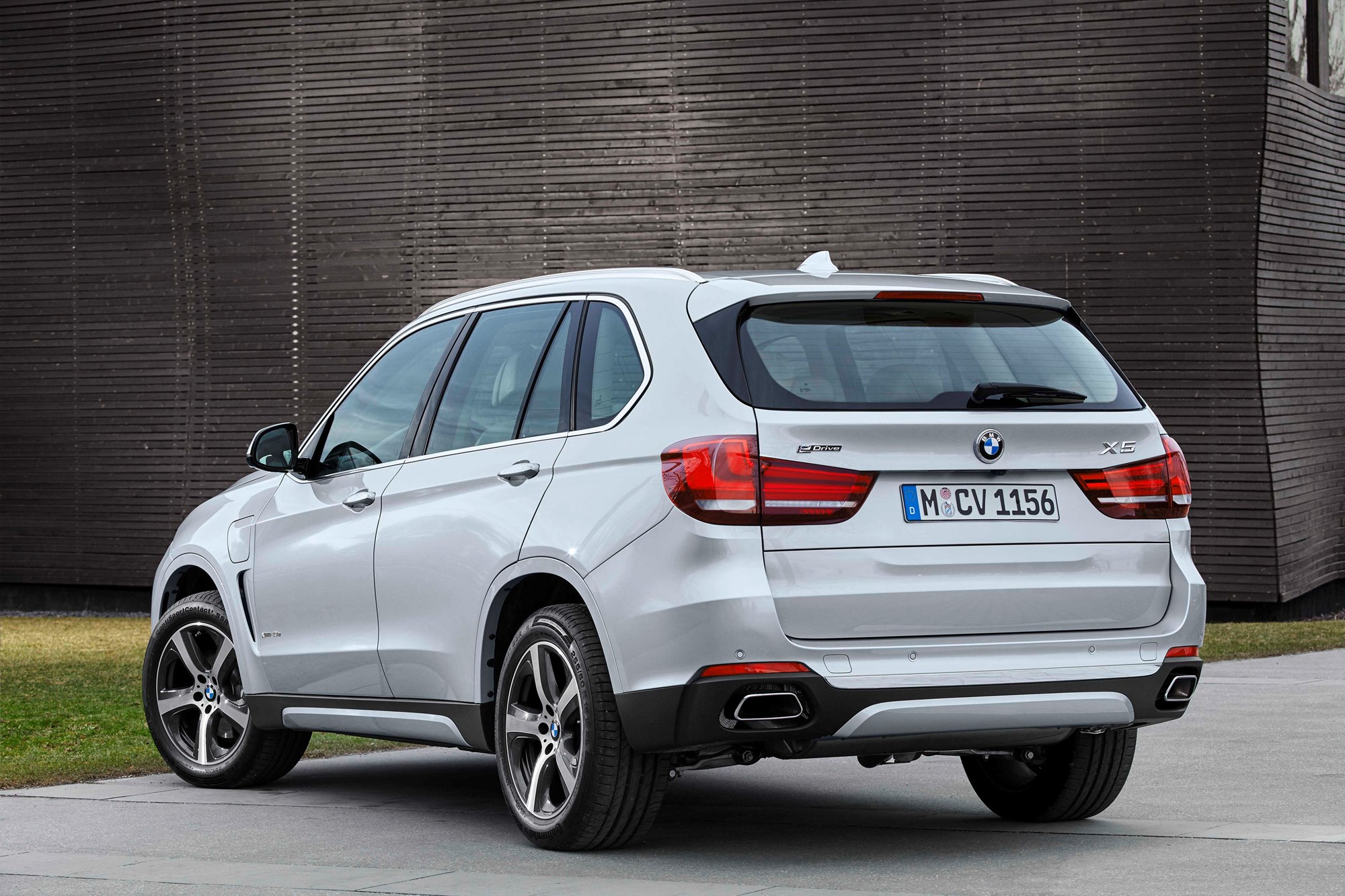BMW is set to lead the hybrid charge with several eco-minded range additions arriving this year. We drove the incoming plug-in X5 SUV and 2-Series Active Tourer in Germany ahead of their New Zealand market debut.
The chance to sample a couple of BMW’s latest iPerformance plug-in hybrid models in and around Munich last month was too good an offer to refuse. Of course, if you’re thinking of heroic turns flying up the Autobahn in a hybrid drive i8 supercar, think again.
The next tranche of plug-in hybrid cars we’ll see from BMW err on the side of economy over “future now” design statement or performance. Every one of the Bavarian-based manufacturer’s four plug-in models due here this year is a hybridised version of existing cars in the range.

Later this year we’ll see a BMW 330e sedan and a hybrid version of the flagship BMW 7-Series (the 740e). First up though — and they’re arriving in showrooms now — are the plug-in X5 xDrive40e and the 225xe Active Tourer.
The X5 xDrive40e is perhaps the most interesting in that it is, well ... the most conventional. It looks like an X5 inside and out. It’s still a roomy SUV with actual offroad ability. In fact, aside from a second “fuel” flap outside, where you plug it in, and a little button nestled alongside the electronic park brake marked “eDrive” inside, it is a conventional X5 (albeit a relatively low-specced one).
Pushing the eDrive button brings up a menu on the central infotainment screen, giving you three fuel-saving drive modes. Auto eDrive lets the car decide when it needs to switch between the petrol and electric motors depending on engine load; Max eDrive allows you to waft along in electric-only mode (although stomp on the gas for any reason and the petrol engine will still stir into life); and Save maintains the charge left in the battery for later; for example, if you know you have a slow pootle through a traffic-clogged CBD ahead after a quick sprint between motorway on- and off-ramps.

In practice, leaving the car in Max eDrive allowed for several kilometres worth of guilt-free electric running, although once on to faster-flowing arterial routes, it became nonsensical to remain in this mode. Battery percentage dwindled away to nothing rather quickly as soon as the first stretch of motorway driving arrived.
Still, if you’re in search of an eco-friendly school-run weapon, you could feasibly get there and back without needing to fire any cylinders. If you’re very judicious.
The 225xe Active Tourer is perhaps what you’d expect a plug-in hybrid to look like. It’s still a bit of an anomaly in the BMW range, but after a run around the countryside outside Munich, I think perhaps the 2-Series may be at its best in hybrid form.
Based on the Mini platform, the 225xe Active Tourer is still very well packaged, regardless of its compact footprint.
Its lithium-ion battery pack means you lose some room in the boot, but not a lot. In fact, the extra weight the battery pack adds to proceedings (2180kg total kerb weight versus 1995kg in the 218d Active Tourer) appears to improve the car’s handling somewhat.
You may have spied an “x” in the car’s lengthy nameplate too; this is because the 2-Series remains a front-driver, but the hybrid motor drives the rear wheels; hence its hand-on-heart all-wheel drive boast.

All of a sudden, towards the end of the year, the local plug-in hybrid new vehicle market is going to be crowded.
Which is, obviously, rather a good thing.
Also, instead of the sorts of cars you may expect manufacturers to hybridise — namely, compact city cars and hatchbacks — eco-conscious buyers will instead be treated to a wider range, consisting largely of plug-in SUVs.
This turns the accepted notion of the plug-in hybrid car as a city-bound shopping trolley on its head.
But then, carmakers are simply recognising the fact that crossover and medium-sized SUVs are what car buyers want these days.
So in addition to BMW’s X5 xDrive40e, we’ll also start to see plug-in models from Audi and Mercedes-Benz arrive this year; the Q7 e-tron and GLE 500e respectively.
Volvo’s hybrid XC90 — the T8 Twin Engine — is already here.
We’re living in exciting times and 2016 could well be underlined as the year the notion of a vehicle you plug in at night achieves breakthrough into the mainstream buyer’s market.
REBMW X5 XDRIVE40E
ENGINE:
2.0-litre four-cylinder petrol turbo with plug-in electric motor (230kW/450Nm)
PRICE:
$149,900
PROS: Usability, practicality, early-adopter street cred
CONS: Turbo diesel X5 xDrive40d is a better option if you’re often out of town
BMW ACTIVE TOURER 225XE
ENGINE:
1.5-litre three-cylinder petrol turbo with plug-in electric motor (165kW/385Nm)
PRICE:
$68,500
Pros: Compact but cleverly packaged, appealing economy in town
Cons: Despite its AWD worthiness the 225xe encourages you to stay firmly in the city




